4 min to read
IMPORTANT INFORMATIONA successful marketing plan requires advanced research capabilities and digital marketing expertise. |
There are currently 45.36 million eCommerce users in the UK, with an additional 4.06 million users expected to be shopping online by 2021. Four years from now, these 49.42 million eCommerce users will spend an average of 2,251.82 USD online.
By 2021, Fashion will still be the most purchased online category, with an estimated value of 34.85 billion USD.
However, with all this growth in the fashion industry, competition is growing as well.
Fashion brands need to establish a personalized omnichannel experience to meet their audience’s needs in every part of their buyer journey.
Here are 6 digital marketing trends that will rule the fashion industry in 2019.
Shoppable content
Shoppable content is a form of visual commerce that uses purchase points or product recommendations, which is connected to the content.
Although the concept has been available since 2017 it's expected to take off in 2019.
This is a great asset for e-commerce retailers since interactive content improves the customer’s digital experience.
Platforms like Facebook and Instagram enable brands to integrate their products into content in creative ways.
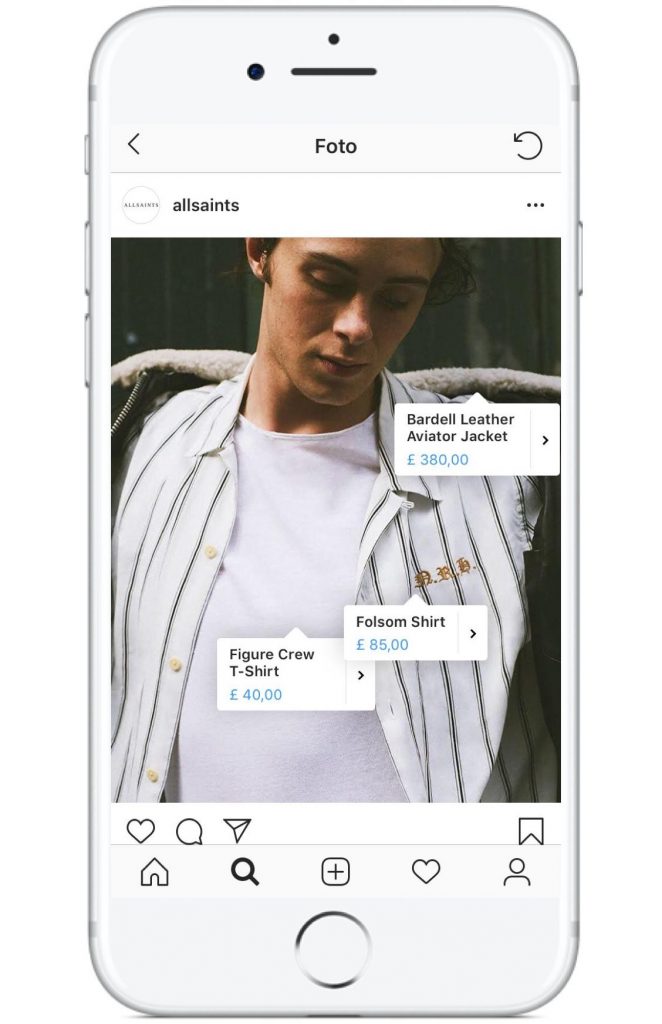
We are seeing the trend moving from visual images to online video and live stream retail. It is an exciting form of content, which is set to radically change the e-commerce retail industry.
Some brands already experimented with shoppable TV and even voice-based content.
It is expected that voice shopping will generate $40 billion by 2022.
Interactive & personal emails
As a fashion brand, you can send static emails as most brands do, or you can stand out from the crowd by sending interactive and personal emails.
According to MarTech Advisors, Interactive email content increases the click-to-open rate by 73% and adding videos to your email content can boost click rates up to 300%.
But what are interactive emails exactly?
The user can interact with their cart and place an order, all from their email.
Interactive emails have the advantages of a website or media banner but completely personalized to your target audience’s inbox.
You can add so much more like integrated forms, where you ask feedback from your clients or add polls, collapsible carousels, and accordions, customizing items and counters.
Customer service via Mobile and Social media
We all know that customer service is really important and can make or break your brand.
Chatbots are a great way to engage with the customer and combining the online and offline experience.
With chatbots, brands are able to offer further information like exclusive access and previews to new products. This makes the customer not only feel helped but even special in a way.
Chatbots are already popular on websites but you can use them for M-commerce and on Social media as well.
Big fashion brands like Burberry, Tommy Hilfiger, H&M and Levi’s already launched their chatbots and it’s just a matter of time until more brands will follow.
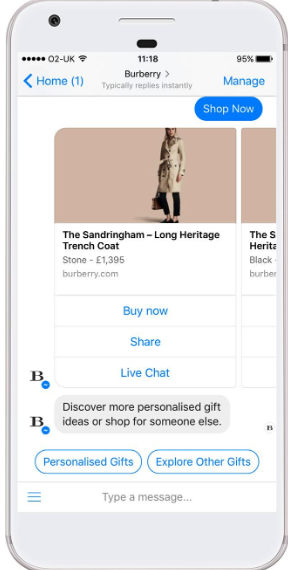
You can even take this a step further by incorporating Augmented Reality into your chatbot.
Social media and influencers
There are 39.35 million social network users in the UK, thanks to Facebook, YouTube, Twitter, and Instagram, which are the leading social networks.
Instagram stories offer fashion brands a great opportunity to reach a higher number of people by taking advantage of one of the fastest growing social media platforms. Instagram reported that ‘Stories’ encourages users to visit more frequently and stay longer on the platform.
You can take advantage of the poll interactive tool in Stories, use links in your story to gain traffic, generate leads and increase sales.
Instagram stories can be even combined with shoppable content.
Creating a story around your brand is important to engage with your customers. This is one of the reasons why fashion brands chose to incorporate influencer marketing into their digital strategy.
Influencer marketing is almost like a recommendation from a friend. Seeing somebody you look up to wearing or using a particular brand, makes us more likely to purchase interact with the brand in the future. Influencers generate sales, build brand awareness, convert leads and distribute content.
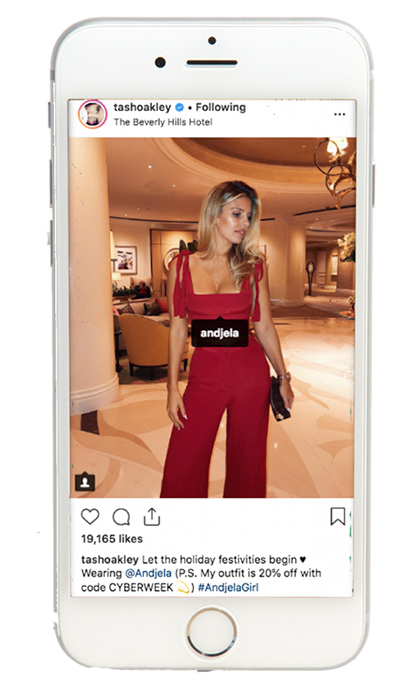
Visual Search
The latest important tool that changes E-commerce and social media platforms is visual search.
With visual search, you can find an item by searching with a photo instead of entering a text query.
Consumers can identify and locate an item easily and quickly with visual search.
The British brand ASOS is one of the first online fashion retailers to introduce this tool to their customers. Other brands like Alibaba and Pinterest also already introduced this tool to their mobile app.
It’s expected that this will expand even more and really take off in 2019. 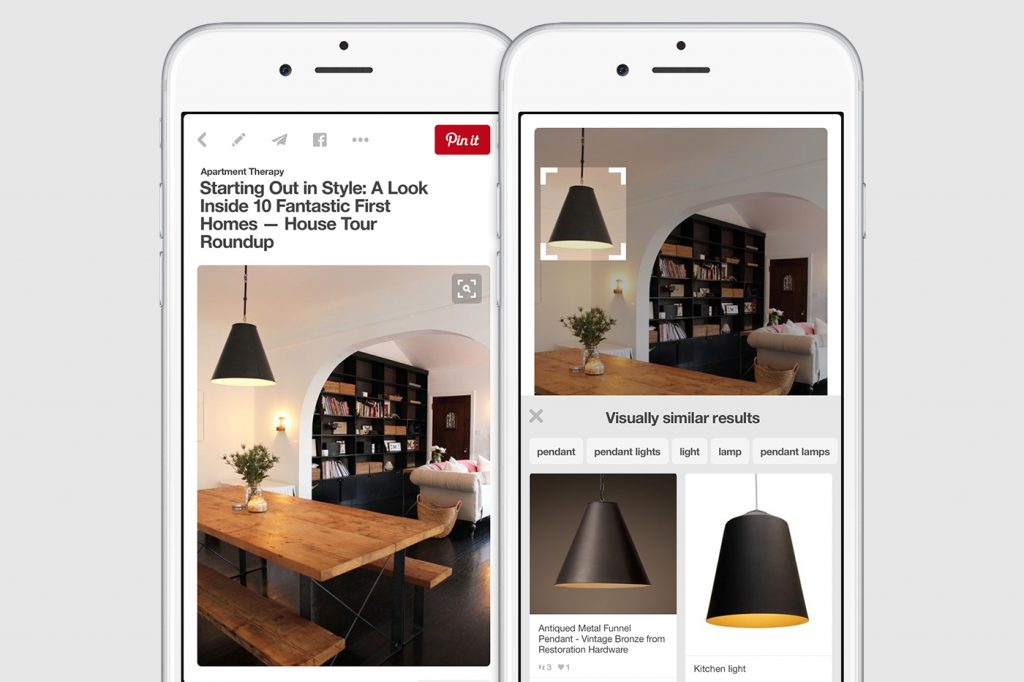
Dynamic Remarketing
With Remarketing and Analytics, you can show related ads to users that have previously visited your website and viewed certain content or products.
Dynamic remarketing takes this a step further, by using messages tailored to your audience, which helps you build leads and sales by bringing previous visitors back to your site to complete what they started.
Dynamic remarketing campaigns allow you to show hyper targeted ads based on the specific products users were browsing.
All you need is a product feed that is already connected with your Google Merchant Center or Facebook Account.
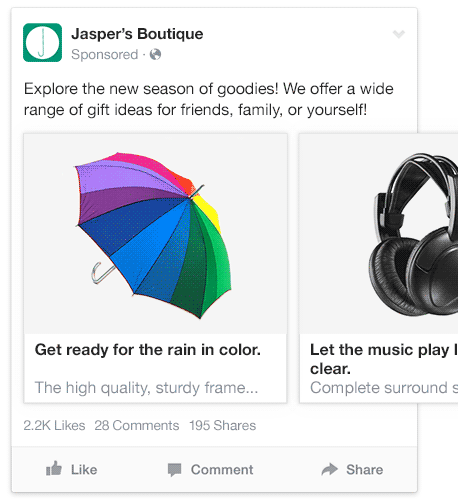
Looking for more ways to boost your ecommerce sales in 2019?
Codedesign is a digital marketing agency specializing in data-driven online sales and lead generation solutions for brands in a variety of verticals. Contact us to schedule a consultation with one of our digital marketing experts your fashion brand.



Add comment ×